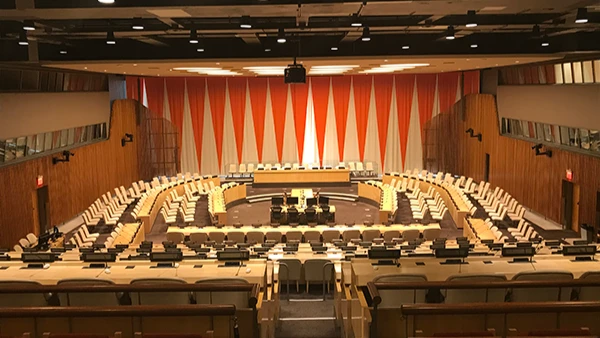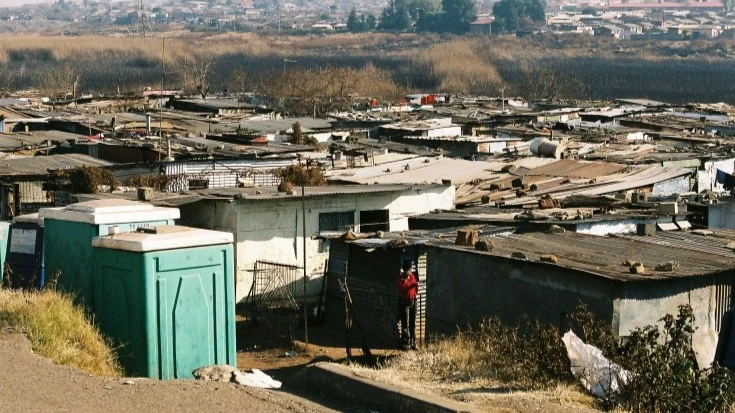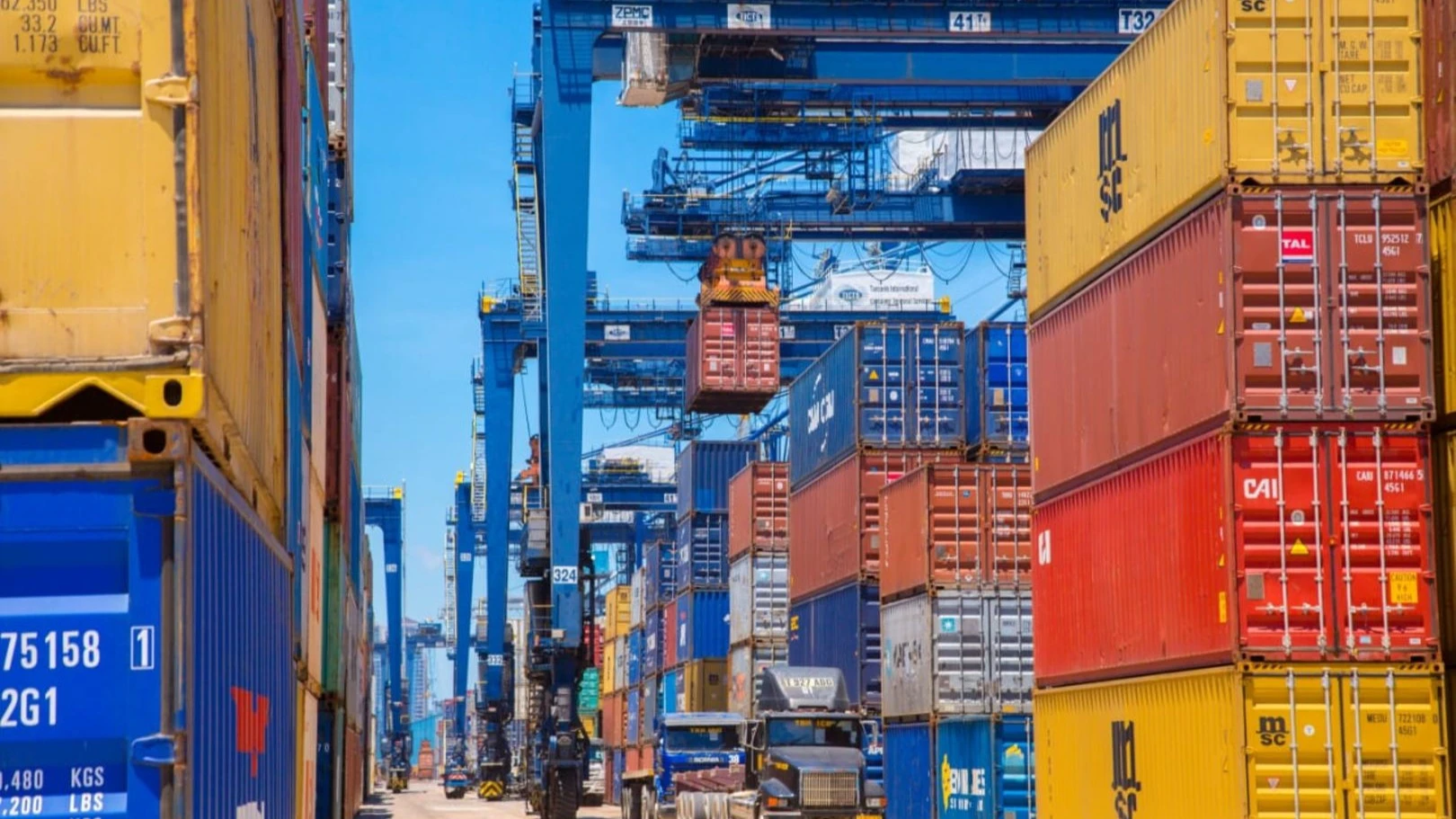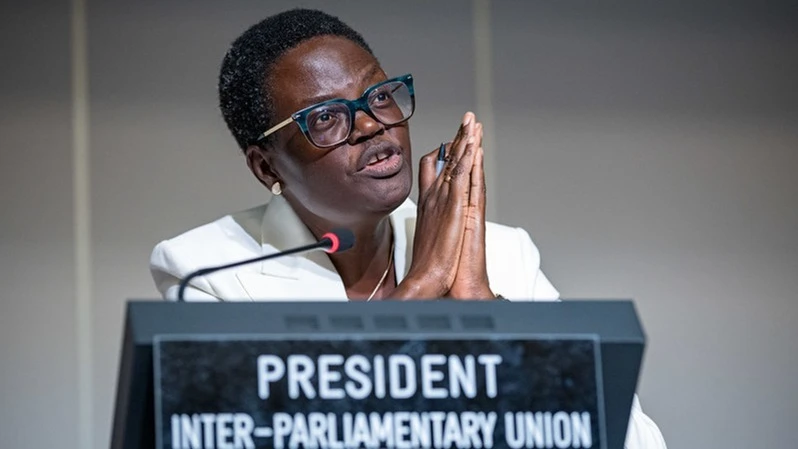African economies still grappling with public debt burden

A world of debt report 2024 of the United Nations Conference on Trade and development (UNCTAD) says “public debt can be a powerful tool for development, enabling governments to finance critical expenditure and invest in a better future for their people. However, when public debt grows excessively or rapidly, it becomes a heavy burden, particularly for developing countries.”
In 2023, says UNCTAD, global public debt, comprising domestic and external general government debt, reached $97 trillion, a $5.6 trillion increase from 2022. In developing countries, it reached $29 trillion, accounting for 30 per cent of the global total debt.
“In contrast, economic performance in Africa has faltered due to global shocks, resulting in a heavier debt burden. The median public debt-to-GDP ratio has continued to increase, reaching 61.9 per cent in 2023. As a result, an increasing number of developing countries with high debt-to-GDP levels are concentrated in Africa.”
Thus, according to UNCTAD, the increase in interest rates by central banks worldwide since 2022 is having a direct impact on public budgets in developing countries, including sub-Saharan Africa. “Net interest payments on public debt reached $847 billion in 2023, a 26-per cent increase compared to 2021.”
Although lending money to developing nations helps them to cope with their financial needs and services, experts say it is only so in the short run, but not in the long run. Like UNCTAD, United Nations Economic Commission for Africa (UNECA) too suggests that countries often rely on debt as an instrument for financing growth and development.
“Public borrowing is a means to engage in large and costly growth-accelerating investments that are expected to generate sufficient resources for future debt service. At an early stage of development, when domestic savings are inadequate or local markets are underdeveloped, external borrowing remains a key option, as it enables governments to bridge the gap between domestic savings and investment.”
Nevertheless, the external debt impact can be different from what was expected before due to “a weak institutional framework as the high debt burden and debt-service obligations tend to impede investment, leading to large distortions in the business environment and the balance of payments.” UNECA says in the African context, there has been the adverse effect that the accumulation of unsustainable external debt has on growth through its direct effect on productivity.
In this way, Edo et al. (2020) suggest that “debt has a negative impact on growth in the long run, but not in the short run.” Citing the European Central Bank (2016), UNECA says since the mid-2010s many developing economies used borrowing in four ways, namely 1) to bridge the financing gap in infrastructural and economic development, 2) to finance the rising fiscal deficits resulting from the 2014–2016 oil price shock (mainly affecting net oil exporters), 3) to bolster foreign-currency reserves and 4) to limit currency risks.
“In Africa, the overall economic slowdown and persistent fiscal deficits have led to rapid debt accumulation and an increasing debt burden. Specifically, the five-year average public debt-to-GDP ratio of Africa from 2015 to 2019 was 16.7 percentage points higher than during the previous five-year period, compared to a rise in 6.8 percentage points for South Asia and 1.3 points for East Asia and the Pacific.” Thus, given its situation Africa bears more of the debt burden than any other continent or regional grouping.
According to UNECA, between the start of the century and the early 2010s, there was a decline in the public debt burden of Africa, as measured by outstanding debt as a percentage of GDP, thanks mainly to debt relief obtained by a number of low-income countries under the Heavily Indebted Poor Countries Initiative (HIPCI) and the Multilateral Debt Relief Initiative (MDRI).
Of the 39 eligible heavily indebted poor countries across the world, UNECA further explains, 34 participating countries were from sub-Saharan Africa, with 23 reaching the decision point in 2000-2005.
“Countries, including Burundi, Guinea-Bissau, Liberia, Sierra Leone and the United Republic of Tanzania reduced their external debt by more than 80 per cent, thus creating substantial fiscal space for growth-promoting investment,” says UNECA. As a result, a favourable external environment, with high commodity prices and low interest rates, also contributed to the decline in the debt-to-GDP ratio of Africa.
It says large improvements to terms of trade and stable income inflows led to substantial reductions in current account deficits and improvements in the fiscal position of many countries. “Improvements in budgetary balances and debt relief initiatives, therefore, created substantial fiscal space in the 2000s, allowing African countries to source external funding and bridge the financing gap in infrastructure and economic development.” But following the 2008–2009 global financial crisis, there was a reversal of favourable external conditions, leading to slower growth and weakened external and fiscal positions for many African countries.
“With the decline in export revenue and investment inflows, governments resorted to greater external borrowing to cushion the negative effects of persistently lower commodity prices.” This has aggravated the debt situation of many developing countries, especially those in Africa, as “higher interest rates on private loans reflect greater debt burdens and increased risks of default,” according to UNECA. This translates into high debt servicing and less spending on basic social services like healthcare and education which do not bode well for human development.
To address the debt problems, UNECA advocates this position: 1) developing countries must not be forced to choose between servicing their debt or serving their people and 2) the international financial architecture must change to ensure a prosperous future for both the people and the planet.
Top Headlines
© 2024 IPPMEDIA.COM. ALL RIGHTS RESERVED

























